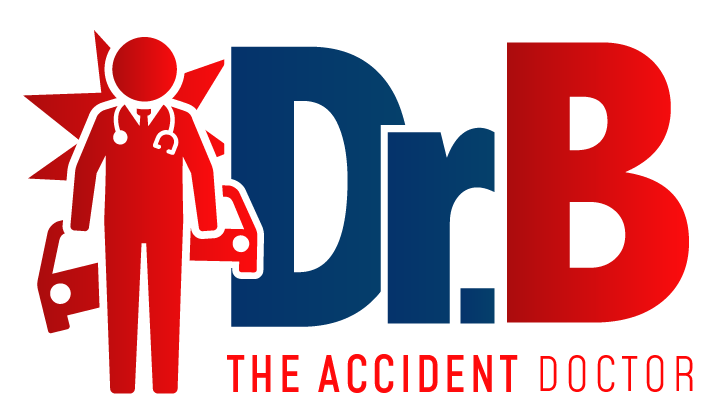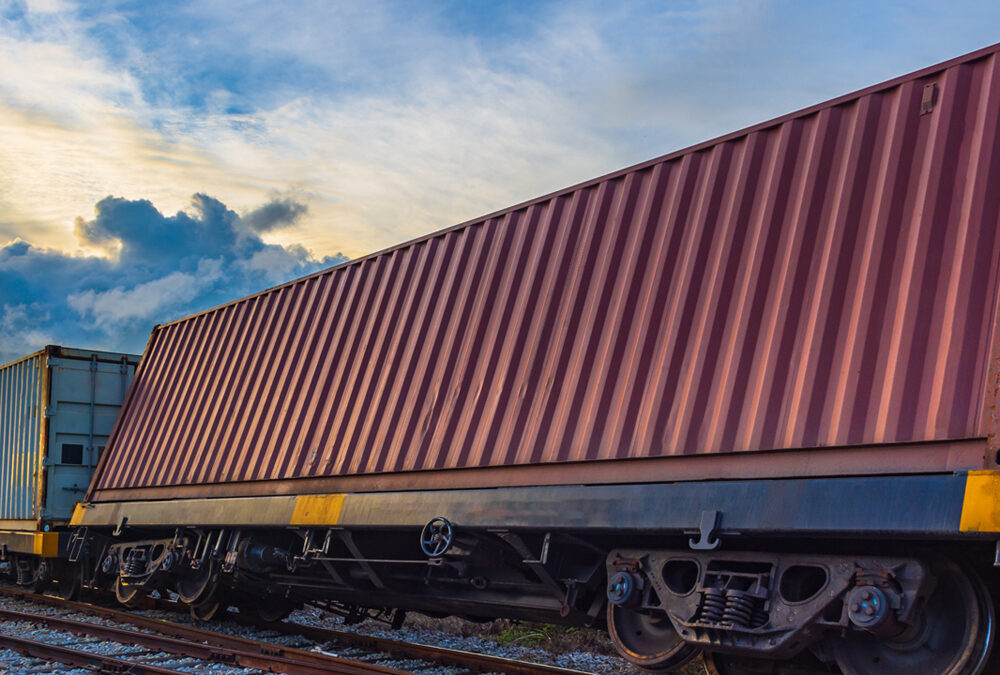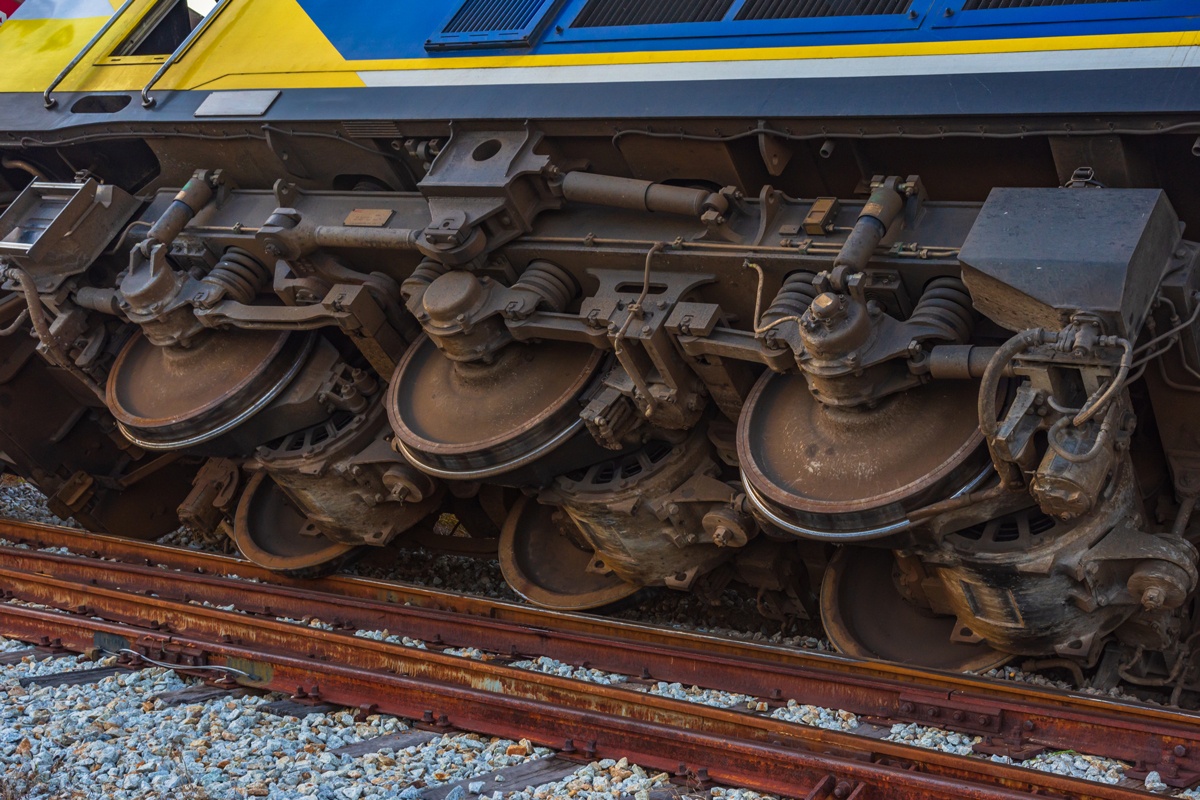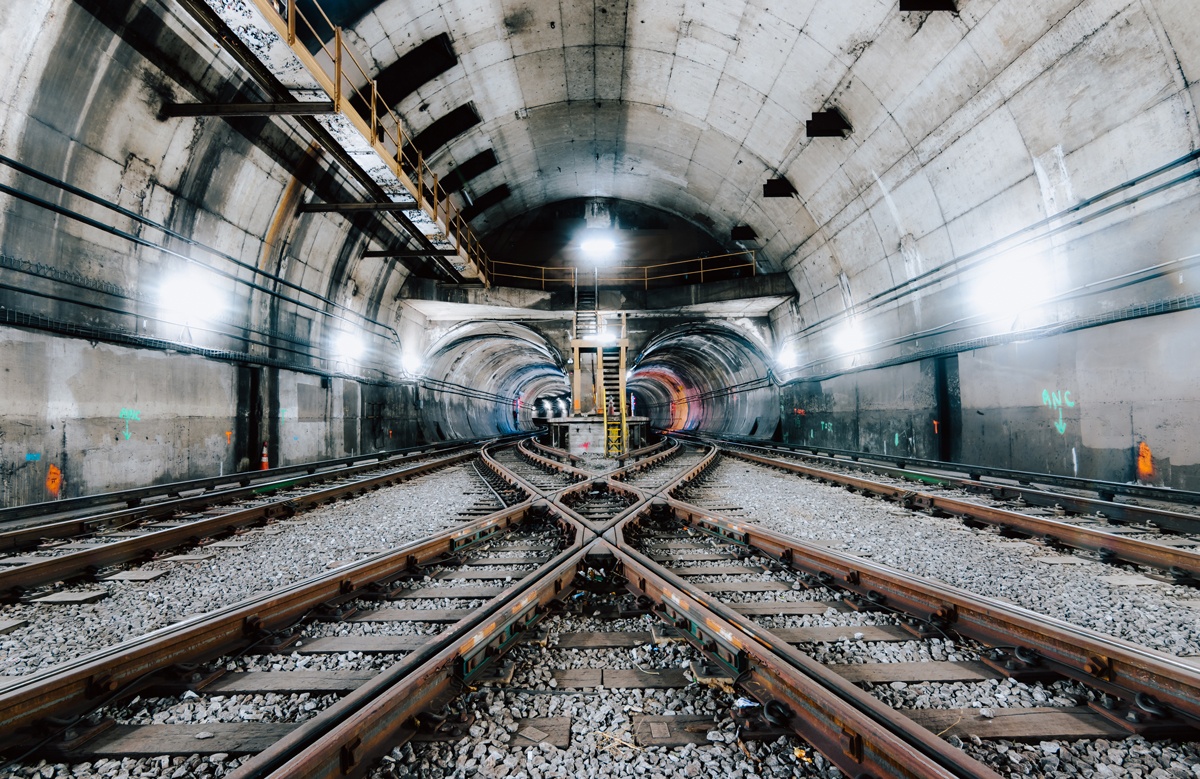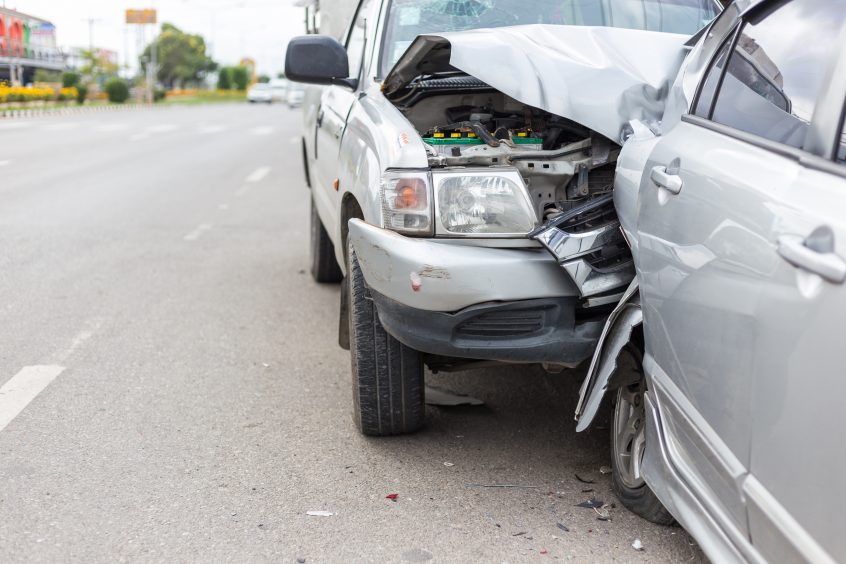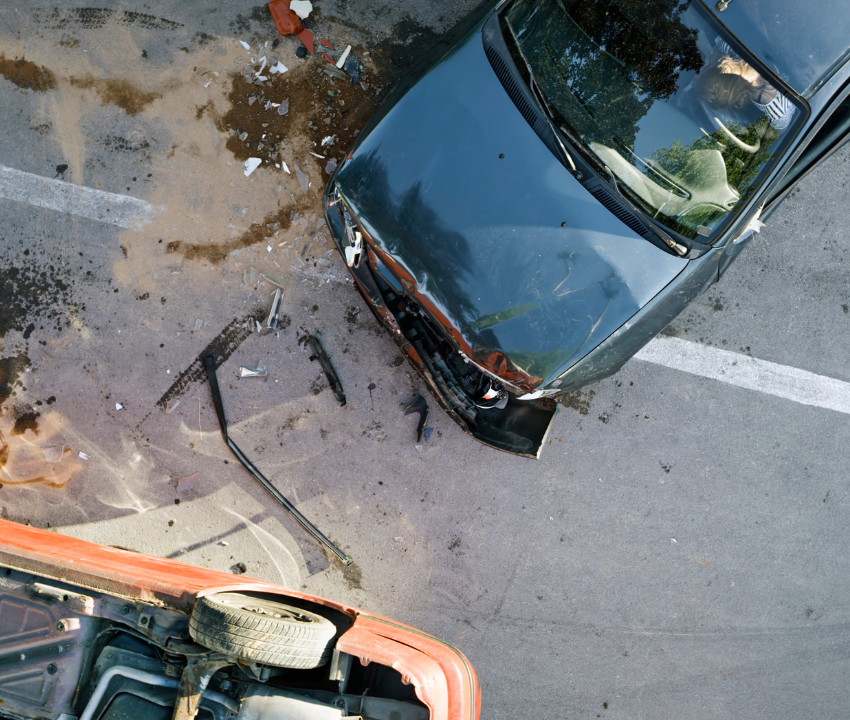For over 100 years, railroads have been critical to our country’s economy and transportation systems. However, railroads are incredibly dangerous. The injury rate for workers associated with railroads is approximately double the rate for ordinary industry sectors. In other words, if you work for railroads – particularly as a brake, signal, or switch operator – you are more than twice as likely to be injured on the job. Making matters worse, injuries sustained at the railyard are often severe. This is not surprising, considering a single empty railcar typically can weigh 25-30 tons.
In 2017, fatal railroad-related incidents totaled 831, an increase of more than 9% from 2016 total of 757 and the highest since 2007. Common causes of railroad-related deaths that our Houston railroad accident lawyers have seen include:
- Crashes involving only railcars;
- Crashes involving railcars and non-railcars, such as cars at railroad crossings;
- Slips and falls;
- Pedestrians (both railworkers and non-railworkers) struck; and
- Being struck by moving objects.
Common activities of railroad workers that can lead to serious injury or death include:
- Maintaining the railroad
- Constructing the railroad
- Crossing railroads
- Loading railcars
- Operating railcar brakes and switches
- Re-routing cars at the railyard
- Setting warning signals
- Signaling locomotive conductors
- Coupling and uncoupling cars
- Inspecting railcars, couplings, airhoses, handbrakes, etc.

